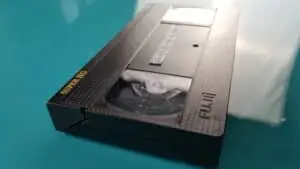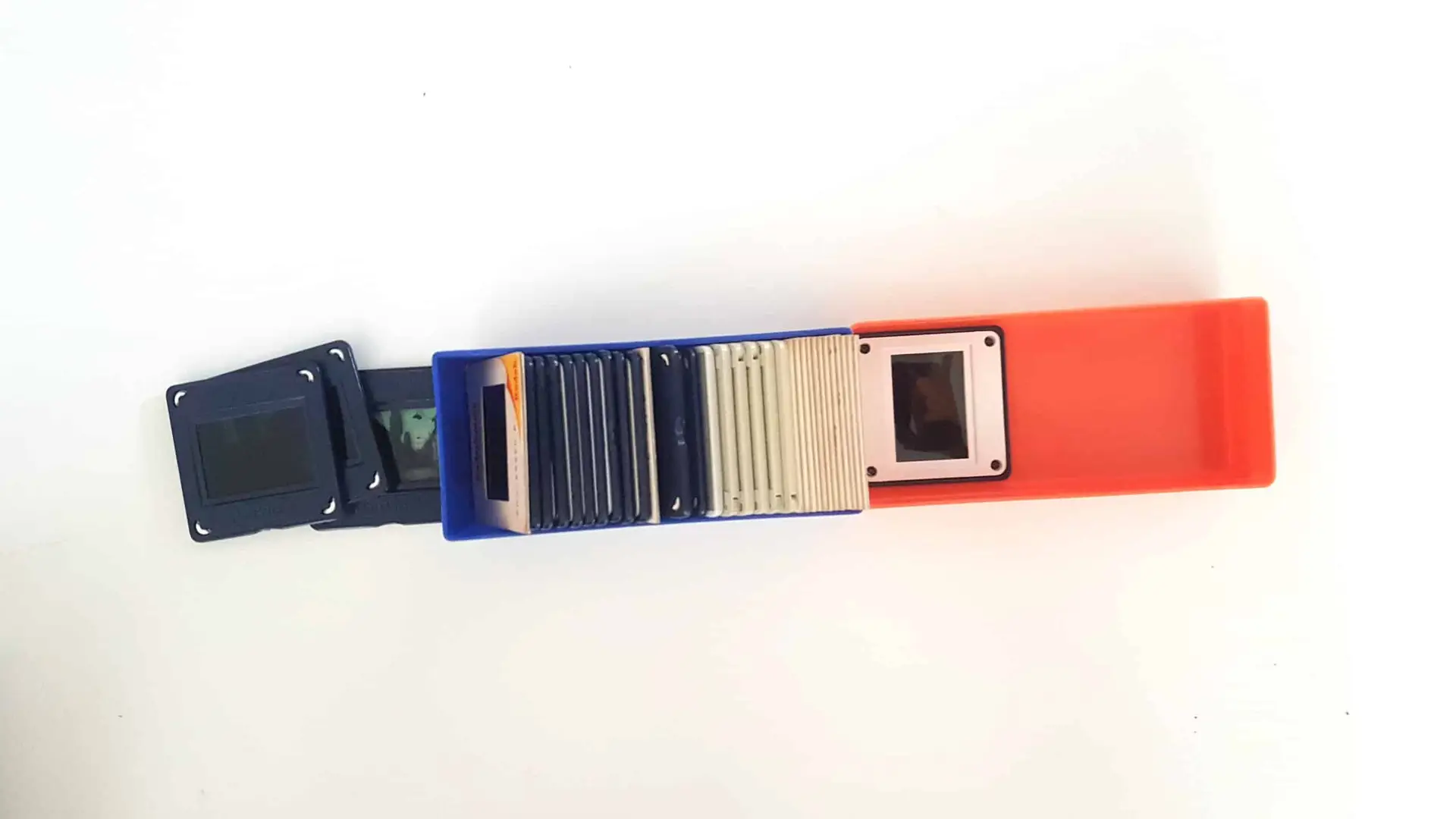


How to digitise slides myself is a question that may have pondered over whilst staring at an old box of old photo slides occupying valuable closet space! We believe these 35mm slides should be a top priority for a significant reason: digitisation.
Your old slides may already be deteriorating – fading with sunspots, losing image quality rapidly. Although the slide digitisation won’t stop this inevitable decay, it’s a reliable method to preserve your memories indefinitely. Digitised formats are easy to view, manage, and recover, enhancing your overall experience.
So, how do you convert those glass slides into a digital format such as USB, DVD, or the Cloud? Below, we outline some DIY methods:
If you own a DSLR camera, consider using a slide copier attachment to convert your slides. These attachments transform your camera into a slide copier, allowing you to mount photo slides in front of the camera lens. By taking a photo of the slide, you can transfer the image to the camera’s memory card. Afterward, you can edit the pictures using software such as Photoshop.
Cons:
If you have access to a flatbed scanner, you can digitise slides yourself to a computer.
Cons:
Consider purchasing a digital photo converter if you need to quickly digitise a large number of photos. These devices are designed to capture high-quality photos of low-resolution images. However, be prepared to invest time in understanding complex software.
Cons:
Another option is to use your camera to photograph your slides. However, several factors, such as lighting, background, resolution, focal length, and lens choice, can impact the quality of the photographs.
Cons:
If the task of digitising your slides yourself feels overwhelming when you consider how to digitise slides yourself , you might consider turning to professionals. At Supaphoto, we specialise in digitisation. We ensure the highest quality digitised product, return your original slides safely, and provide easy-to-follow instructions from start to finish.
When it comes to slide scanning and the question of slides digitalisation, while we might be a bit biased, we believe the value of receiving a carefully curated collection of your photographs and old slides in a digital format far outweighs the cost of professional services. So if if you’ve photos from precious journeys in the past If you decide to bypass the complicated gadgets and tedious scanning process, our team is ready to handle your digitisation needs without any hassle.
So don’t wait to digitise slides myself – If you are concerned about the process to digitise slides myself or just need some friendly advice, give us a call. Safeguard your films with Supaphoto now – to DVD, USB or cloud – No1 in the UK.